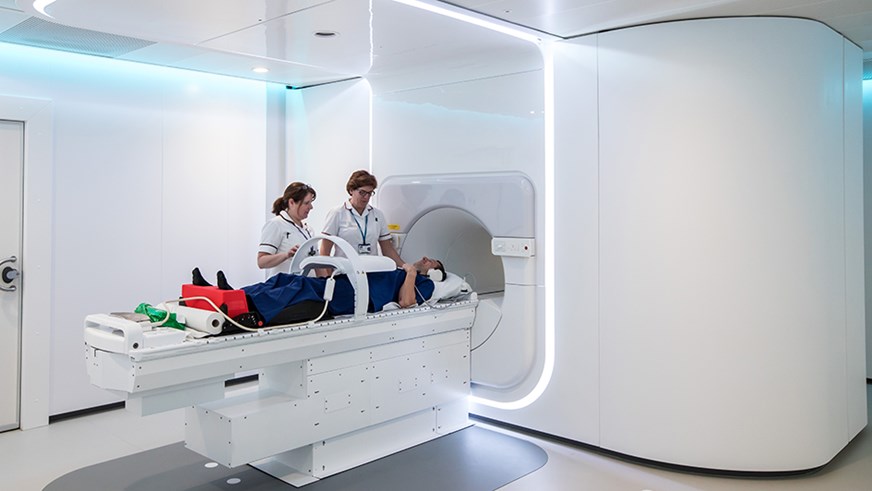Whether you have a Varian, Elekta, Philips, Siemens LINAC, you can always find replacement parts, accessories and various linear accelerator components that met OEM specification to get your radiation device working like new.
A linear accelerator is a medical device used for external beam radiation treatments for patients with cancer through a uniform dose of high-speed electrons and high-energy x-rays that are directed to the affected area of the patients’ tumor to destroy the cancer cells without damaging any healthy tissue.
Importance Of Safety
Patient safety, in this case, is very important and the last thing a radiation oncologist needs is a system malfunction or downtime that will impede a treatment session or cause an overdose of the prescribed treatment volume and dosage.
While modern radiation machines have inbuilt checking systems to provide additional safety and there are measures in place to ensure that the linear accelerator is on point and won’t deliver a higher dose than the radiation oncologist prescribed before the start of every treatment session, through no fault of the radiation oncologist, mechanical mishaps do occur.
Services Offered
Along with the aftercare services, upgrades, and repair parts required to keep a linear accelerator working in top condition, professional LINAC engineers offers the most cost-efficient radiation oncology equipment solutions. They include delivery, installation, acceptance testing, commissioning services, warranty, continuing service, and most importantly, linear accelerator components and accessories that are available in stock for immediate delivery.
In addition to equipment testing, quality assurance assistance and data collection, linear accelerator service providers also offer the following services and linear accelerator components:
- Inspection of equipment to recommend a suitable level of refurbishment options (cosmetic, minor or major)
- In-house refurbishing and live testing
- MLC and table upgrades
- Conventional and CT simulator installations
- Shielded testing vault
- Vault construction and project management
- Patient positioning laser devices
- Water chillers
- Power conditioners
- Air compressors
- Equipment rigging
- Equipment transport and storage
- Specific patient couch
- Spare parts kit
- A set of operational and technical manuals
- Dual Independent Jaws
- IEC Scale Readouts and much more
- Latch accessory mounts
Disposal of Equipment
Oncology clinics can now benefit from replacement parts for some of the top linear accelerator brand names, and the best part of this whole process is that when the life of a linear accelerator comes to an end, there are disposal services that conform to regulatory requirements. The equipment is professionally removed from the clinic using specialized cranes without damaging its structural integrity. The removal specialists ensure that any disposal of radioactive and hazardous materials from the LINAC is carried out through a licensed disposal company.
Upon request, an oncologist can receive an equipment evaluation and appraisal in the event they want to sell their LINAC or replace it with a newer model. Whatever your radiology need is, they can be met in a timely, professional manner at a competitive fee. Do you need any linear accelerator components, replacement parts, accessories, and repair solutions?
Learn more about Radparts and the variety of services and parts they offer to repair medical equipment including: linear accelerators parts, CT scanners parts, linac parts, and radiation oncology equipment at www.radparts.com. To contact one of our medical equipment repair specialists for parts or service call toll free 877.704.3838 for 24/7/365 support.



